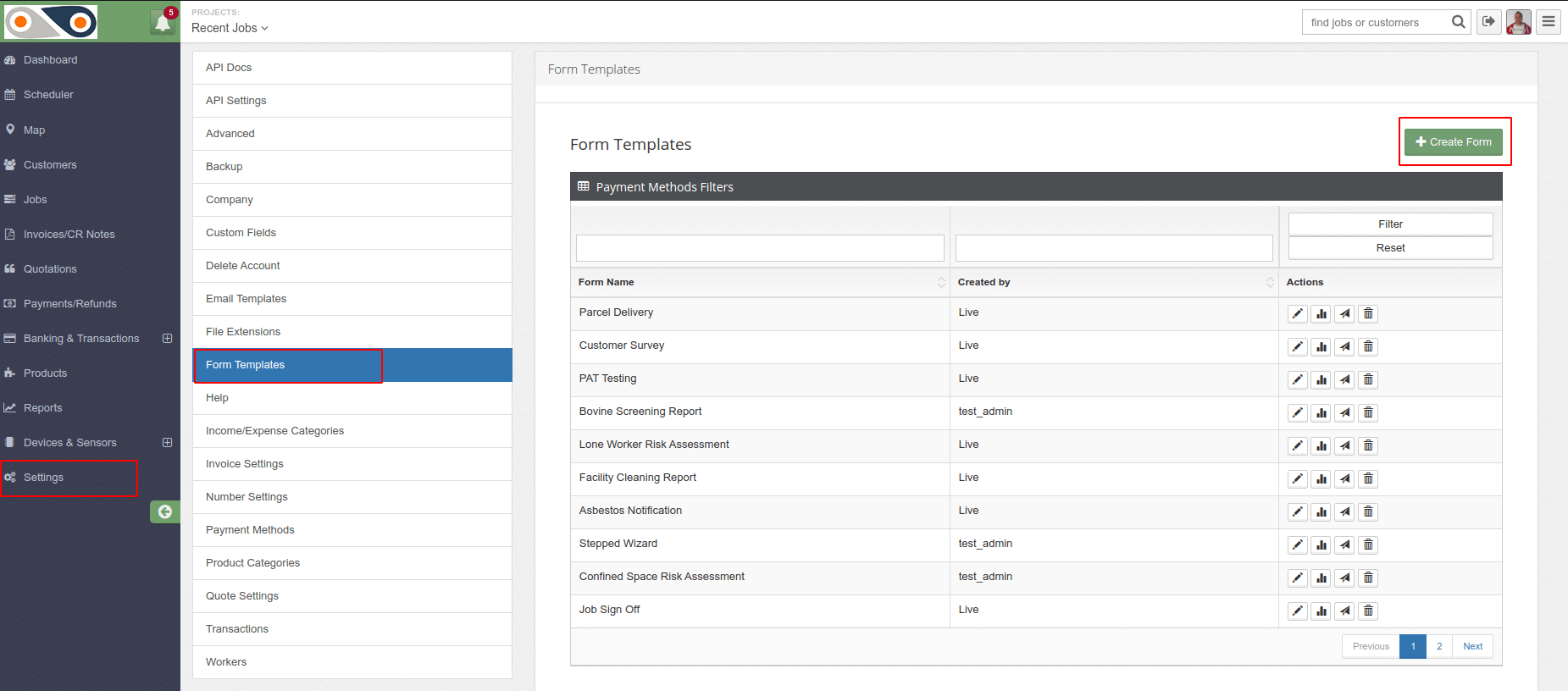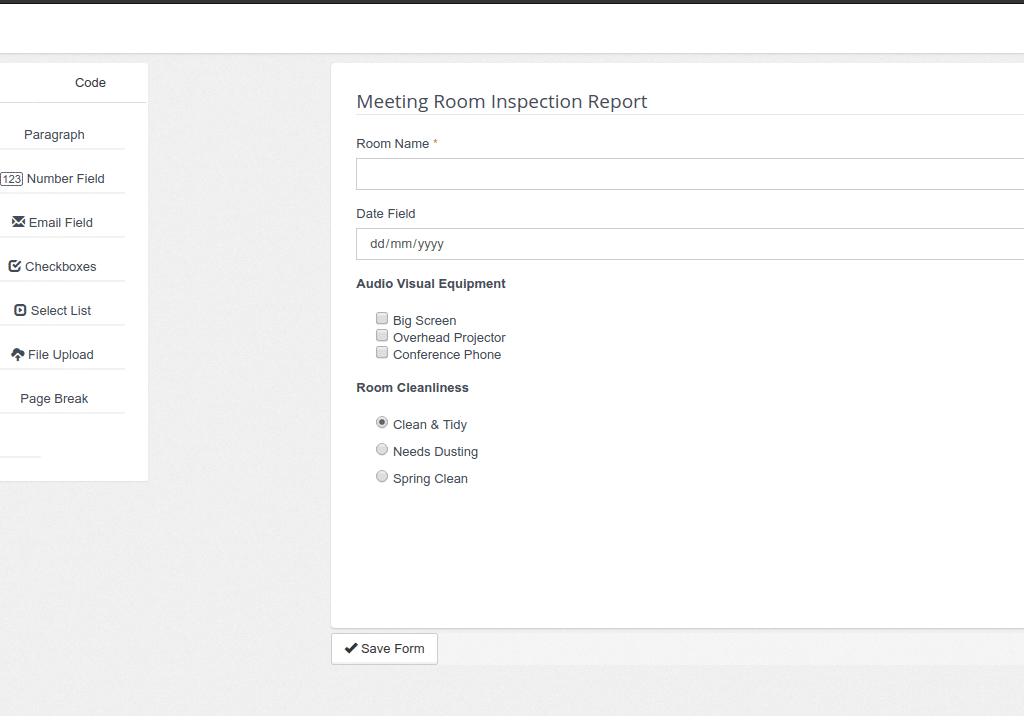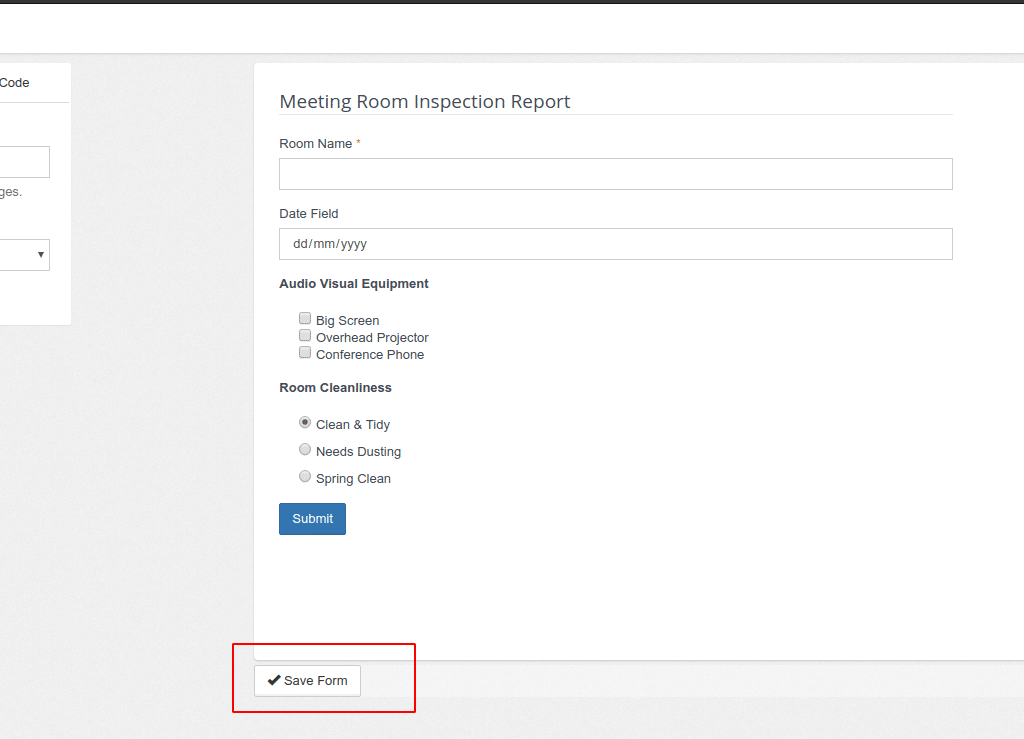I came across an article on a young graduate in renewable energy engineering. The fellow was doing technical sales and marketing jobs for renewable energy products though he felt that as a graduate, he ought to be doing more than just sales. His, sentiments, I can relate with but again thinking about the field of renewable energy, how many people understand what it is, its importance/ benefits, how to acquire it, its installation, costs etc.?
Renewable energy is energy generated from natural resources. The renewable energy sources include sunlight, wind, rain, tides, geothermal heat and various forms of biomass. These sources are renewable naturally and continuously replenished, therefore this energy cannot be exhausted.
Renewable energy technologies range from solar power, wind power, hydroelectricity/micro hydro, biomass and bio-fuels for transportation.
Back to the aspiring young professional who felt that his place in the renewable energy sector lies in doing strategies and coming up with new products-the advice fronted to him was that doing technical sales is the best job for engineers, as it helps them impact on users of their products. Sales entail interacting with customers and knowing their needs so that the product features can be enhanced to suit the customer?s needs. Now, that is brilliant and accurate advice. It is however important to take into consideration that renewable energy is not a common man?s cup of tea and right now the focus all over the world is to build green economies.
To me the need for more and more people to understand the benefits, savings and cost of renewable energy cannot be overemphasised. Effort should be made to keep marketing of renewable energy products/ services simple and conversational by avoiding use of acronyms or jargon explaining about operational details. More impact can be made if a marketing rather than technical sales approach is used. Technical sales have been described as boring (can be used as a sleeping aid), tends to use extensive vocabulary, jargon and acronyms that product users cannot relate with and tends to discuss the products technical aspects as opposed to the benefits to the customer. Fun should be created out of all this by making things simple and demonstrating cost savings and benefits of renewable energy.
Choosing Routes for ESOS Compliance
Along the introduction of Energy Savings Opportunity Scheme in UK is the quick emergence of various companies that offer ESOS compliant services. While some energy audit providers can help, qualified businesses should understand what their compliance options are, how these routes work and learn both the pros and cons in order to carefully take their pick.
Independent ISO 50001 Certification
ISO 50001 comprises the integration and application of processes geared to motivate energy saving and overall improvement. Simply stated, it is a framework that drives the organisation’s governance to realise energy saving strategies by allocating resources and participating in energy management. The good thing about ISO 50001 is that it includes an energy review that documents ideas and opportunities to save more energy.
However, ISO 50001 does not obligate organisations to cover 90% of their overall energy consumption. In case of partial coverage, the company needs to undergo additional energy assessments to evaluate all the significant energy consumption areas.
In order for an ISO 50001 certification to be valid, it must be certified by the United Kingdom Accreditation Service (UKAS), by an accreditation body which is a member of the International Accreditation Forum, or by a body accredited by another EU member state?s national accreditation body.
Display Energy Certificates and Green Deal Assessments
These two kinds of energy assessment reports can also contribute to ESOS compliance. Both of them are carried out by qualified lead assessors and valid for 10 years. However, they are only based on the building structures and services. They do not cover the overall significant areas in energy consumption. Since these reports are valid for 10 years, they would be used for two ESOS reporting periods. Thus, they would not be as current as the ISO 50001 certification. Aside from that, the assessments are purely based on energy efficiency and anyone can qualify to use the software that produce the certifications after taking the accreditation course.
Energy Audits
A successful energy audit leads to better understanding of the company?s energy consumption, identify alternatives, determine cost-effective energy saving opportunities and stimulate energy efficiency. Energy audits are beneficial to the organisation. What makes it complex is that the organisation applying it, needs to clearly define the scope and type of energy audit to use in order to comply with ESOS. Furthermore, the organisation also has to identify the teams that would be competent enough to do the audit work for the building, transport and industrial area, respectively.
Each route is not formed equal. Thus, organisations have the option to either choose one or combine the routes and meet their company needs. The options mentioned are different approaches to ESOS and the core value is to grab the opportunity towards acquiring more savings through efficient energy system.
How Ecovaro Can Help
Ecovaro is passionate about making a difference. We are knowledgeable when it comes to ESOS legislation and regulation, ISO 50001 energy management system, DECs and Green Deal Assessments. More than that, we recognise the great impact of efficient management system to your organisation. And with this, we provide an enthusiastic team of software engineers and expert project managers to offer you our professional help at reasonable price. Ecovaro comes to you fully equipped with services tailored to your organisation’s energy management needs.
Contact Us
- (+353)(0)1-443-3807 – IRL
- (+44)(0)20-7193-9751 – UK


